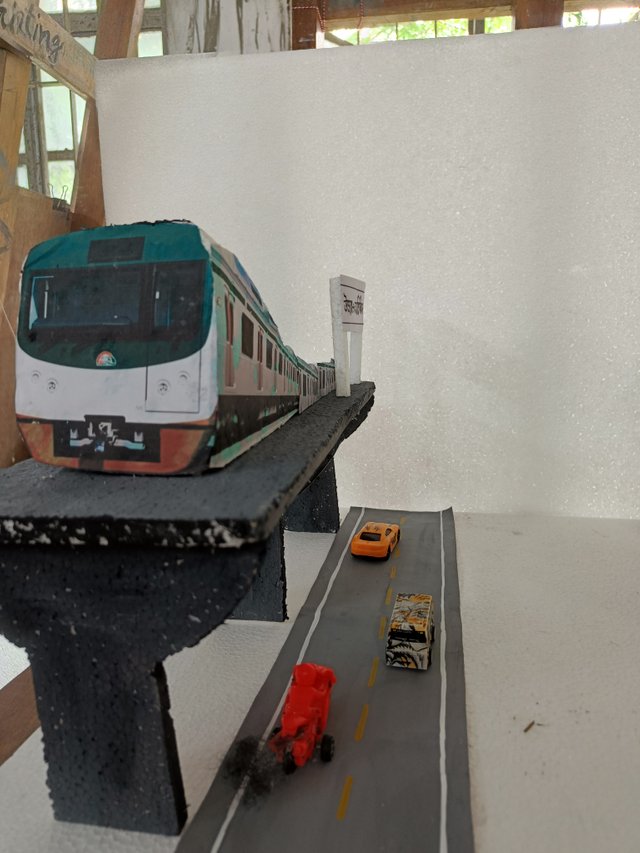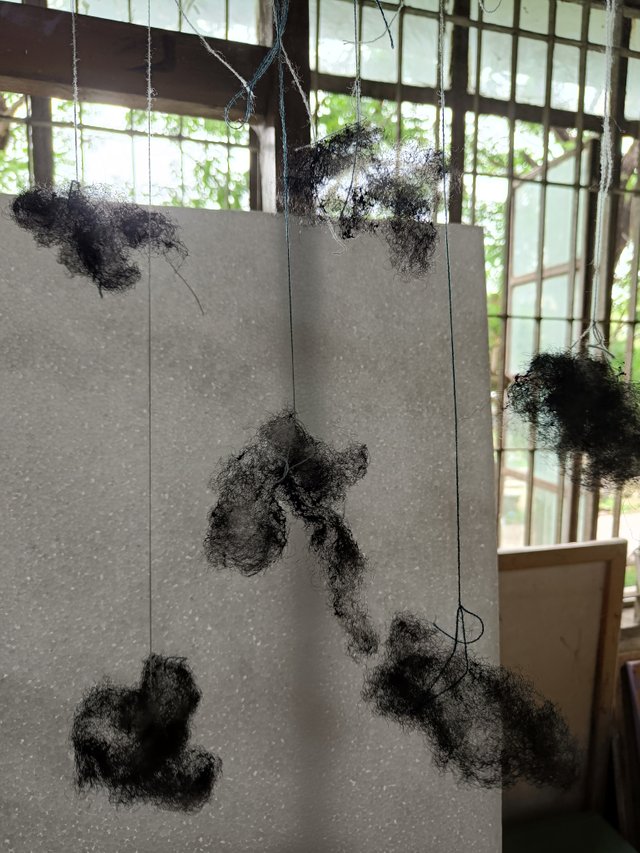Transportation: A Dhaka Metro Rail Case Study
The Dhaka Metro Rail project is a noteworthy initiative that seeks to address the persistent problem of traffic congestion in the city of Dhaka. In order to demonstrate the revolutionary effect of the metro rail system on the dynamics of urban transportation, this project makes use of an intricate 3D model. This study intends to evaluate the effectiveness of the Dhaka Metro Rail in increasing transportation efficiency and lowering environmental pollution by comparing the before-and-after scenario of traffic flow along congested highways and metro rail routes.
Introduction:
Traffic congestion is a major problem in Dhaka, the capital city of Bangladesh. It causes long travel times, pollution to the environment, and a reduction in production. Acknowledging the pressing necessity for a long-term resolution to this problem, the Bangladeshi government initiated the ambitious Dhaka Metro Rail project. With the help of this initiative, millions of commuters in Dhaka city will have access to a quick, dependable, and environmentally friendly form of transportation, revolutionizing urban transportation. The aim of this research is to examine the revolutionary effects of the Dhaka Metro Rail on urban transportation and to emphasize the consequences it has for environmental sustainability and traffic control.
Goal:
The main goal of this project is to analyze the effects of the Dhaka Metro Rail on environmental sustainability and traffic management, as well as to graphically represent the changes in urban transportation that it has brought about. This study aims to evaluate the benefits in transportation efficiency and environmental quality that come with the installation of the metro rail system by using a 3D model to simulate traffic conditions along congested roadways and metro rail routes.
Technique:
This study's technique entails building a thorough 3D model to replicate Dhaka's traffic patterns both before and after the metro rail system was installed. Materials including cardboard, plastic cars, cotton for smoke effects, and tiny metro rail systems were used to build the model. Two different situations were shown: one showed a busy road without the metro rail, and the other showed a metro rail route with easy-to-travel traffic. The model was painstakingly built to faithfully capture Dhaka's traffic patterns and urban environment.

Model Description:
The two primary parts of the 3D model are the metro train routes and the crowded highways. The clogged road is an example of a typical Dhaka roadway, with heavy traffic and disorganized vehicle flow. The depiction of rickshaws, private automobiles, motorcycles, and local buses is crowded, representing the difficulties commuters have on a regular basis. The metro rail route, on the other hand, is depicted as a sleek corridor with raised rails and tiny metro trains.

In conclusion, the Dhaka Metro Rail project offers a sustainable solution to the enduring issue of traffic congestion in Dhaka metropolis, marking a paradigm shift in urban transportation. The metro rail system has enhanced passengers' quality of life and aided in environmental conservation by offering a quick, dependable, and environmentally friendly form of transit. The 3D model is an effective tool for promoting sustainable urban transportation options and bringing attention to the revolutionary effects of the metro rail. The Dhaka Metro Rail is a symbol of advancement, bringing in a new era of effective and sustainable urban mobility as Dhaka expands and develops.